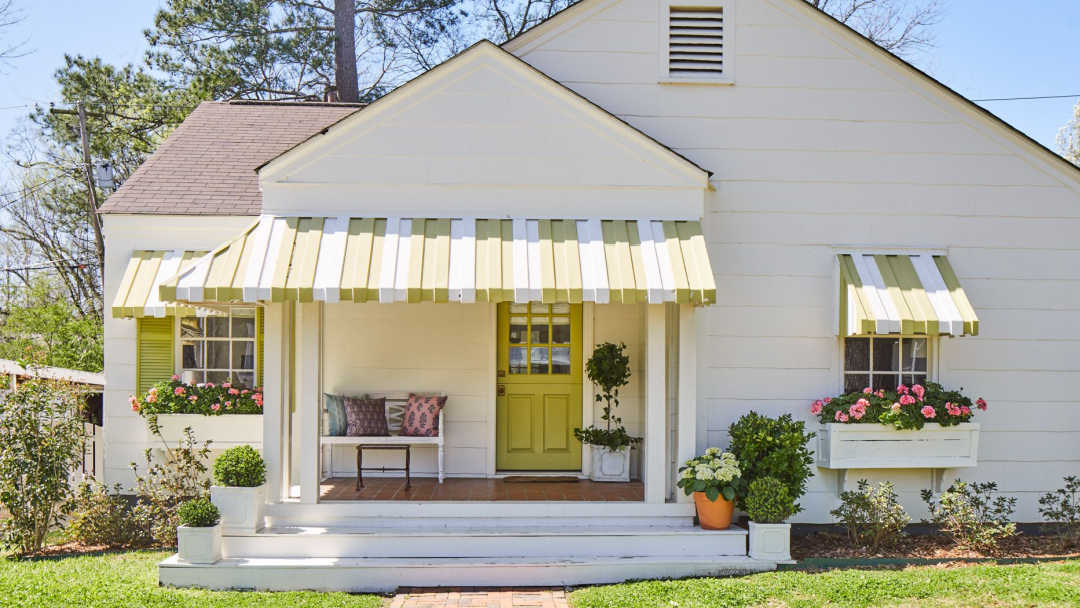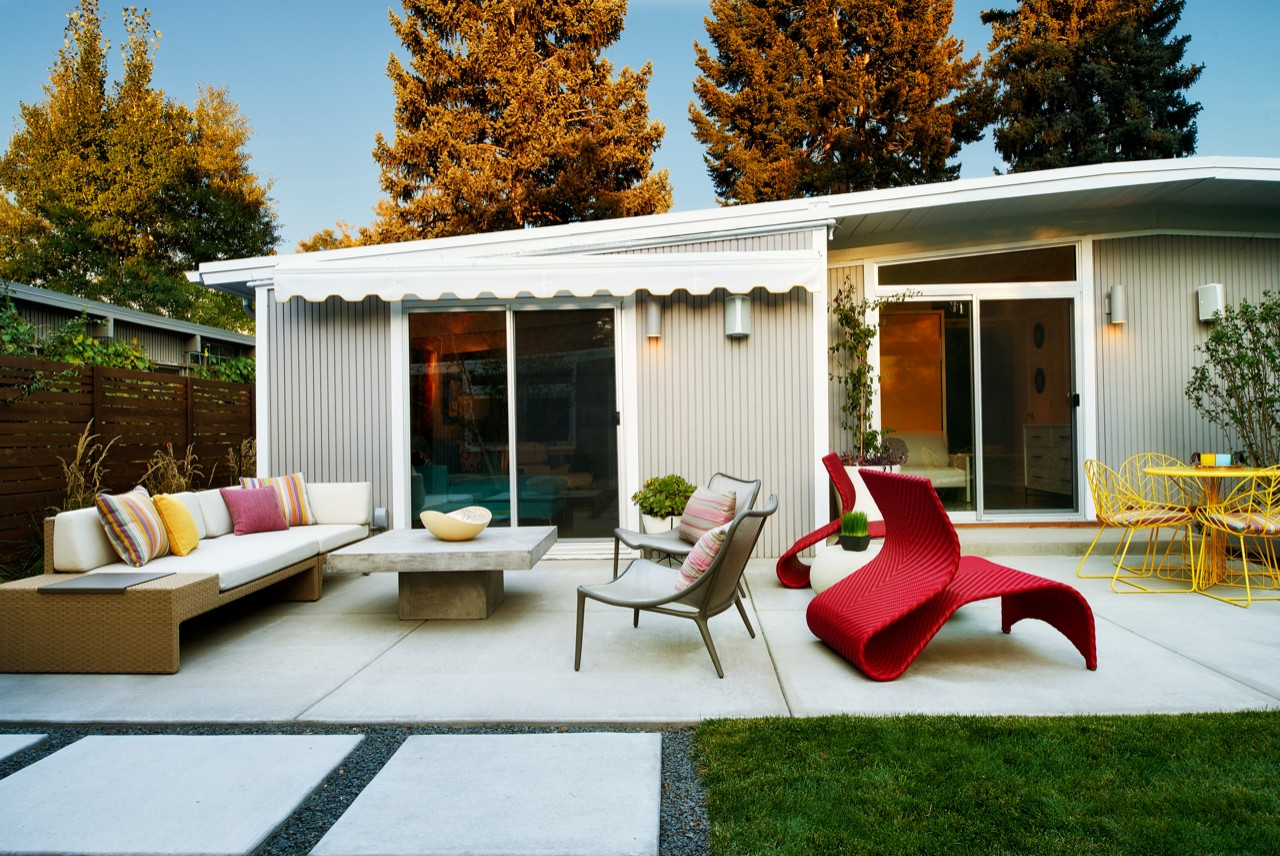
Summers in Australia tend to be harsh, so the exteriors of Aussie homes need a little TLC from time to time. If you think it’s enough that your property has the best roof, structure and fencing, you might want to think again. Awnings might just be the addition it needs..
Not only can awnings make your home look fresher and more appealing, they can efficiently protect and cool your house from direct heat. If it’s time to install or upgrade awnings in your home keep reading for 3 of the top tips to picking the perfect ones.
How to choose the best awning
Every home has windows and doors that let in fresh air and natural light. However, these areas make it difficult to keep the interior of your home cool throughout the day. Awnings are designed to control the amount of solar energy entering via your home’s exterior, especially the glass-covered portions.
If it’s your first time shopping for awnings, it can be tricky to know how to choose the best one. Once you’ve asked around for a free awning price estimate, what would be your next step? Below is a roundup of tips and hints you might find helpful in choosing the best awning for your property:
#1 – Work out exactly where you need to install it
The location of the awning will affect what type of product you need. For instance, if you plan on adding one to your patio, you’ll have to look for specific patio awnings that attach to an exterior wall to extend your outdoor space.
Retractable awnings are always good options for patios as they provide flexibility to retract the cover when you feel like enjoying the sun or extending them out when you need some shade.
Awnings can also be installed above an exterior door, a window’s outer wall or by a side wall that runs across the garden, balcony or patio. This type of awning is perfect if you want to create an outdoor wall barrier that can provide privacy and shade.
Aside from retractable awnings, other types of awnings you can use for your property include wall-mounted or fixed awnings and portable awnings – these include umbrella style, canopy, or a freestanding one that you can move around as you please.

#2 – Choose the right material
Choosing the right material for your awning ultimately decides how durable the awnings will be, which in turn determines how cost-effective the investment will be in the long run.
If you decide to go for a fabric-type material, select one that will provide UV protection to serve its primary purpose. It also needs to be easy to clean.
Commonly-used canopy fabrics include acrylic, PVC, polyester and canvas. Canvas is ideal if you want material in fun colours and patterns. It’s also durable, affordable and flexible.
On the other hand, polyester is lightweight and water-resistant. It can protect your awning from mildew as well. The same goes for acrylic, a popular fabric choice for outdoor awnings that can stand up to harsh weather conditions.
Other awning materials you can consider are glass and plastic. Both are made of a thermoplastic material called polycarbonate. Plastic and glass awnings can be an option if you’re looking for superior protection while still allowing light to come through.
If you want your awning to withstand the harshest outdoor elements like snow, rain and direct sunlight, choose the metal material that’s mostly stationary and can last for a long time.
#3 – Decide on an awning shape and size
The area you want to cover will of course determine the size for your awnings. For instance, huge windows require substantial canopies to ensure enough shading.
As you would expect, a bigger awning gives your outdoor space greater coverage and more shade, while a small awning might end up being more of a decorative item. Ultimately you need to consider whether you’re after an awning that’s practical or whether you want to add one more for aesthetics.
Awnings also come in different shapes, and what you choose will affect the shade’s function and efficiency. The right shape lets you make the most of your outdoor space.
The sloped shape is typically used in patios for optimal protection from the sun when the weather’s scorching hot. When it’s raining, rainwater won’t pool on the awning because of the slope. For window and door shading, you can consider the convex shape that can boost your property’s aesthetic appeal.
Final words
When chosen correctly, awnings can provide great sun and weather protection and add style to your property. If you want to improve the usage of your outdoor spaces, then it makes sense to install an awning that suited for the climate.

No Comments